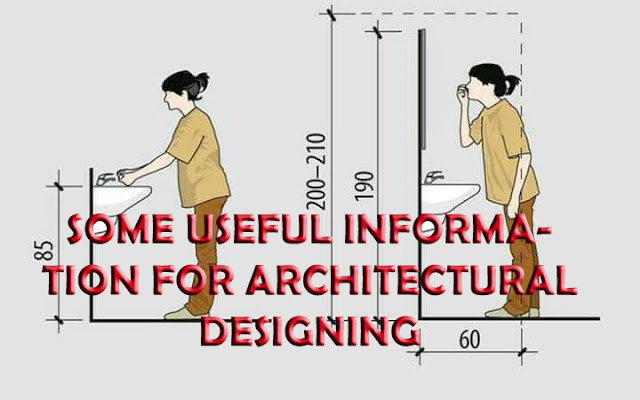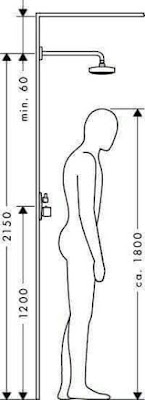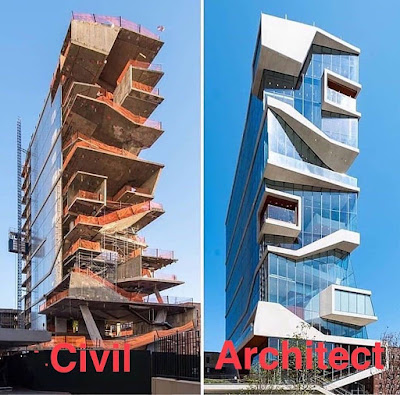A stairway, staircase, stairwell, flight of stairs, or simply stairs, is a construction designed to bridge a large vertical distance by dividing it into smaller vertical distances, called steps. Stairs may be straight, round, or may consist of two or more straight pieces connected at angles.
Special types of stairs include escalators and ladders. Some alternatives to stairs are elevators (also called lifts), stair lifts and inclined moving walkways.
The figure above showing the different parts of a stairs.
Common Staircase Terms
Although this section has almost every conceivable term relating to staircases, we are quite sure that most of you are already familiar with some of these.
Steps Of A Staircase
You can think of this as a single unit of the staircase. Each of these units is made of a tread and a riser.
Tread And Riser
The Tread is the part you step on. On the other hand, the riser is the vertical portion between two consecutive treads.
Since a picture is worth a thousand words; we will not give you boring definitions about Tread Depth and Riser Height. Just have a look at the image below if you are interested in these terms.
A Flight Of Stairs
A continuous series of steps which are not interrupted by a landing or a platform is known as a flight of stairs.
Length Of Flights
The number of steps in a flight is its length. In case of commercial or assembly buildings, there is a requirement for the number of steps in a flight. It is limited to a maximum of 16 in a single flight.
Stringer Board Or Stringer
A stringer board or stringer is what provides support to the treads and risers of a standard staircase. In most cases, you will find three stringers. Two of the stringers will be on either side of the tread, while the last one is in the middle. If the treads are wider than usual, then more stringers are added as necessary.
The figure above showing some types of stairs that has been used in architectural design stairs
I will give an illustration idea for the structural of a stair. Now this is not advisable for all types of stairs structure. Again it is better to hire a professional Architect for your design requirements.
Hope this helps you to fully understand the importance of a stairs design in architecture. That brings our Staircase 101 to an end. Whether you are an expert builder, aspiring architect or someone looking to remodel your home, we hope that this article has helped you in one way or another.
If you have any suggestions, do let us know in the comment section below. We would love to hear from you.














































